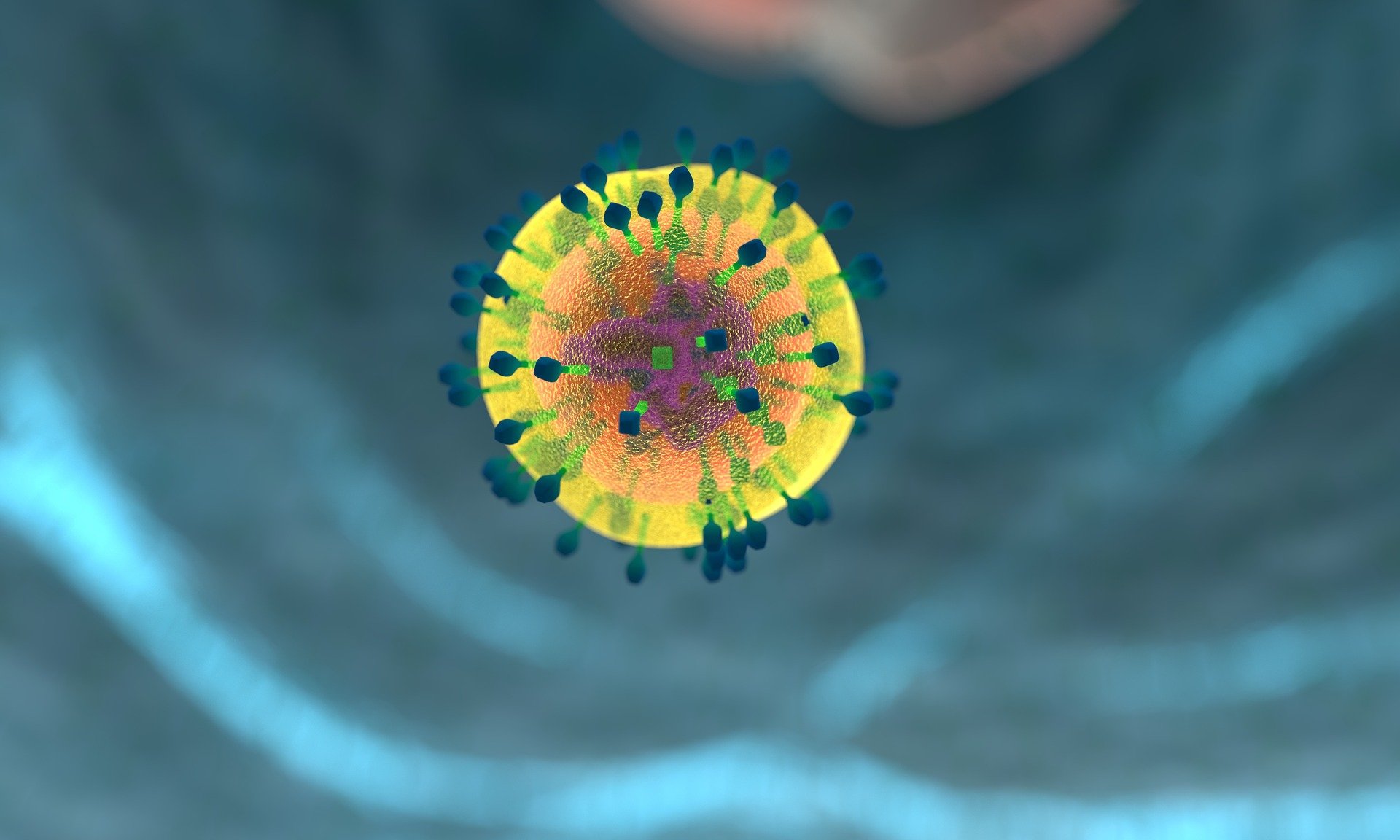
At the Catharina Hospital in Eindhoven much of the work involved in radiotherapy for breast cancer patients has already been automated. The hospital has the most precise and smart treatment equipment for cancer patients. But until now, making precise radiation plans and delineating the organs of individual patients on CT images is still largely done by hand. Thanks to research by PDEng student Nienke Bakx of Eindhoven University of Technology (TU/e) this is about to change.
Nienke Bakx began her graduate program at Catharina Hospital about two and a half years ago to research the use of artificial intelligence in generating radiation treatment plans for breast cancer patients, the TU/e writes in a press release.
Clinical testing
After graduation, Bakx continued as a trainee of the Qualified Medical Engineer post-master program to perform extensive clinical tests of her planning methodology. The PDEng-student also investigated whether the delineation of organs of breast cancer patients can be done quickly, accurately and reliably by computer.
The result of her efforts is now here: starting this spring, the radiotherapy department of the Catherina Hospital will partly switch to AI-generated plans. And in June this will also happen with the delineationimaging of organs. It will save radiation therapists and radiation oncologists hours of work per patient and ensure greater consistency, according to Coen Hurkmans, a clinical physicist at Catharina and Bakx’s supervisor.
Flight simulator
“When people with breast cancer need to be irradiated, the radiation oncologist looks at what is needed exactly: how much dose, how many sessions, with what frequency? Then we have to ensure that the treatment is also carried out properly technically. For this we need images of the patient in the radiation treatment position. At present we still use CT images, but in the near future these will increasingly be MRI images. The organs are delineated very precisely on the images”, Hurkmans explains.

“Then we simulate in a kind of flight simulator how we want to irradiate: from which side and with what intensity, so that as much radiation as possible gets into the tumor and as little as possible reaches the surrounding tissue.”
Inside the simulator is a model of the treatment equipment plus images of the individual patient’s anatomy. An experienced planning radiation technologist then creates a radiation plan. That work can be automated. Healthcare professionals naturally look with a very practiced eye. Artificial intelligence is a practical and efficient way to capture, calculate and interpret their knowledge and experience. If you put dozens of previously created treatment plans into a model you can train the computer to create them itself.
Read the whole press release here.
Cover photo: Nienke Bakx and Coen Hurkmans. Image: Catharina Hospital Eindhoven
Selected for you!
Innovation Origins is the European platform for innovation news. In addition to the many reports from our own editors in 15 European countries, we select the most important press releases from reliable sources. This way you can stay up to date on what is happening in the world of innovation. Are you or do you know an organization that should not be missing from our list of selected sources? Then report to our editorial team.
